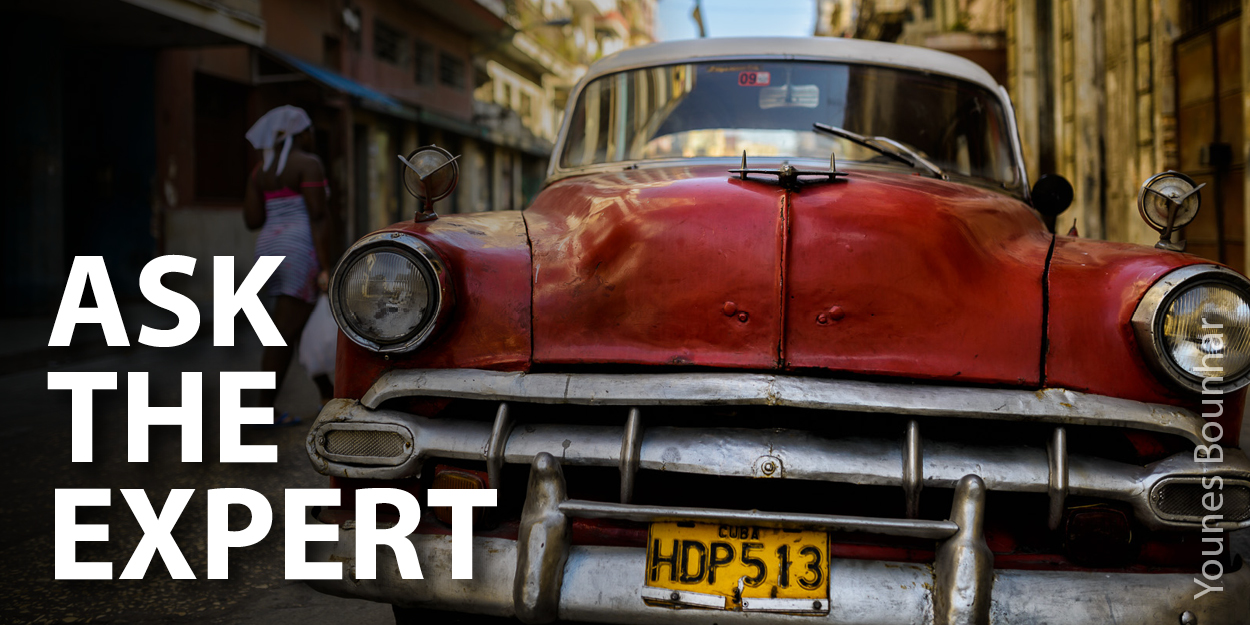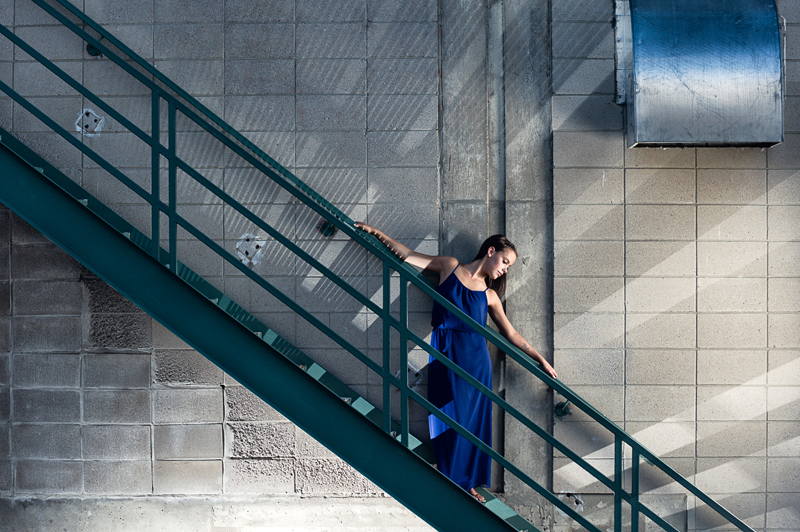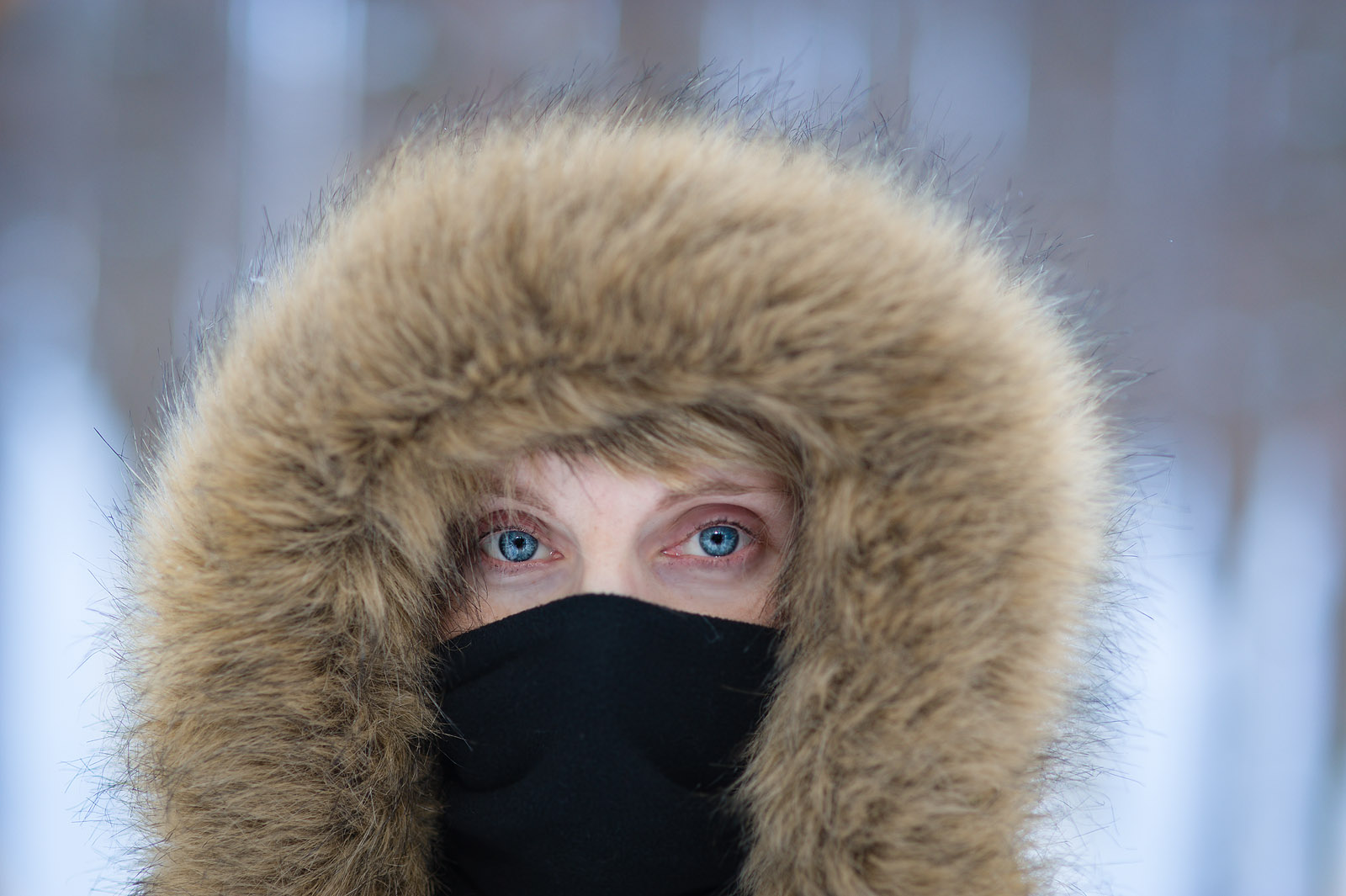Everyone keeps telling me to get a prime lens, but it seems limiting to not have the ability to zoom. What benefit will I see from a prime lens? Do the pros use prime lenses or zoom lenses?
In photography, like in life, everything is always a question of compromises.
Zooms are extremely practical and give you a choice of focal lengths that save you from changing lenses endlessly. If you’re limited on where you can shoot from, a zoom lens may be advantageous. You wouldn’t just run onto the field during a sporting event for a closer photo, but you also can’t walk backwards into the stands if the action comes too close. If you were climbing to the top of a mountain for a photo of sunrise or sunset, and there is a problem with the composition, it’s not as if you could move mountains for a better vantage. A quick flick of the wrist and you’ve got an entirely new composition. Some photographers might suggest cropping, but that sacrifices image resolution.
This image was shot at 112mm. Not quite a 105mm lens, but also not a 135mm lens. In this confined space, I was able to get a near perfect crop straight out of the camera without having to crop later.
Zooms are also lifesaver in fast paced environments, such as sports, weddings and photojournalism. Sometimes the decisive moment will only last for a split second, and by the time you’ve changed a lens, that moment is long gone. For professionals and amateurs alike, sometimes there is no second chance at a photo.
On the other hand, prime lenses are very limiting when it comes to perspective: one lens = one focal length. That limitation comes with many advantages though. First, they are lighter lenses. When you travel in the backcountry or have to lug a lot of gear, every ounce counts. Travelling with 3 primes is much better for your back than 3 zooms. Second, because they are less complicated to build, they tend to be of higher optical quality AND offer faster options (Like Sigma’s exceptional 35mm f/1.4 or 85mm f/1.4), which give you more options when shooting darker venues or wanting to create even more separation between your subject and the background. Finally, primes are great from a creative perspective as well: instead of going the lazy route that zooms offer, you are in fact obliged to move your feet to get the right composition. In doing so, you may be likelier to find better and different vantage points that result in stronger photos.
So to answer your question, you’ll get that ultra shallow depth of field with a prime lens, better shutter speeds in low light, and a lighter weight lens if you choose primes over zooms. Pros will use the best tools available to them to accomplish the task at hand. I therefore use a combination of zooms and primes as the job dictates.
Ask the Expert and Win!
Do you have a question you’d like answered on the Blog? Send your questions to expert@gentec-intl.com and if your question is answered on the Blog, you’ll win a BlackRapid RS-4 Camera Strap courtesy of Sigma Canada.
Can you help to expand this answer even further? Leave a comment below with your solution to the question, and you could win a Sigma 30mm F/1.4 Art lens, also courtesy of Sigma Canada. Please make sure to leave a way in your comment for us to get in touch with you if you’re selected as the winner.








